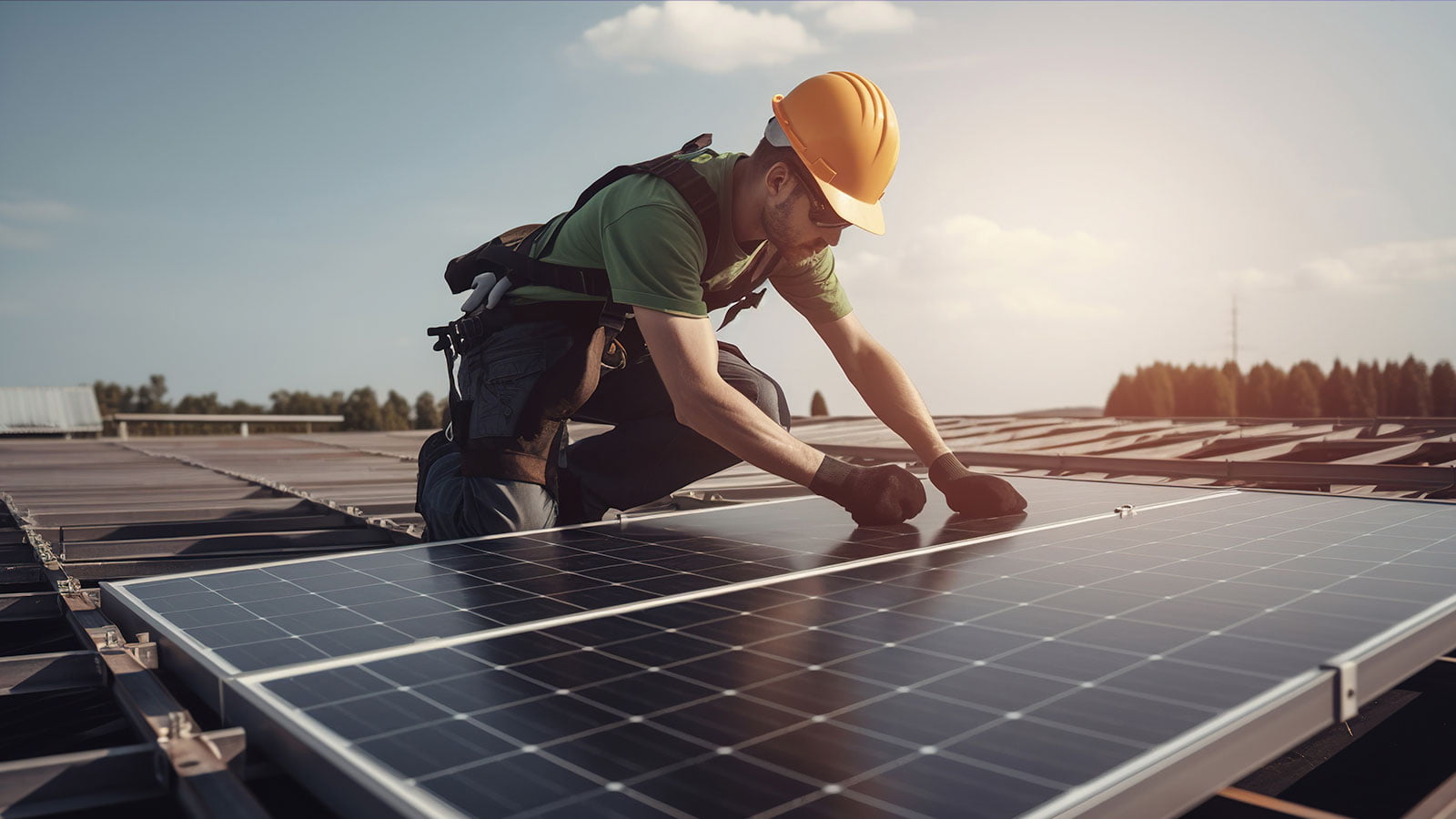Dr. James Crosby, Head of Sustainability at Advantage Utilities, discusses the opportunity that onsite generation can offer, especially given the ongoing climate and energy crises.
The impacts of climate change are becoming clearer year-on-year, with June 2023 even being the hottest on record. The changes to the global climate as a result of greenhouse gas emissions are not only dramatic, but also deeply troubling.
Since 1900, CO2 emissions have increased by over 30Gt as data from the International Energy Agency shows. Furthermore, data from the International Panel for Climate Change shows that global surface temperatures have increased by >0.5°C during the same timeframe: this could rise to a >4°C increase by 2100 if emissions are not reduced. But what can energy managers do to increase their sustainability credentials to limit this impact as far as possible?
Fortunately, there are a number of technology solutions available which not only achieve this, but also enable savings on energy in the process. In light of wholesale energy prices which remain above pre-2021 levels, investing in renewable energy should be a lightbulb moment for energy managers.
A credible alternative to grid-sourced energy
The grid currently accounts for 0.19kg of CO2 per kWh consumed according to data from the Department for Business, Energy & Industrial Strategy, making grid-sourced energy an unsustainable source, as well as less affordable given current prices – with further price increases predicted in non-wholesale costs in future.
Instead, an excellent avenue for energy managers to pursue can be found in green technologies which do not compromise the performance and activity of a facility and simply decrease the amount of energy required from the grid. To enact this, the following philosophy should be key – the greenest form of energy generation is the most affordable method of consumption.
As renewable energy generators have undergone such dramatic technological advancements over the past decades, they now produce energy at a cheaper rate than otherwise consumed from the grid. For example, by employing solar photovoltaic (PV), wind turbines or hydroelectric generators to name a few, businesses can both reduce their energy bills and enhance their sustainability.
In fact, solar PV has a typical lifetime cost of electricity of between 3p/kWh to 7p/kWh during its warranties period. Renewable energy generators of these kinds can be built on or within a facility and provide a direct feed of electricity. And because they are renewable, they have negligible emissions, with only the embodied carbon needing to be accounted for.
Integrative approach of generation and efficiency for a complete facility
With many facilities having an abundance of energy-intensive inventory involving machinery, lighting, or gas consumption for heating and industrial purposes, on-site generation can enable more sustainable energy consumption. However, for a facility to be as sustainable as possible, more work is needed to also replace inefficient energy infrastructure.
Energy flow modelling is a key skill for all electrical contractors and energy managers, whereby site load and consumption can be forecasted over time intervals which utilises historic data with forecasted variations. It is from these forecasts which generation resources should be fitted. For example, relative to current consumption, the required generation may need to be oversized in the event of a planned increased load (e.g. heat pumps). Alternatively, it may be most prudent to partially undersize the generator in response to enhanced efficiency measures (e.g. LED lighting which is far more energy efficient).
Of course, the opportunities for upgrades and savings will differ from business to business, but clear roadmaps should be used by all energy managers to best develop and implement sustainable energy management. These road maps should form a key integration between resource (i.e. financial and time) management and prospective energy needs.
Reducing greenhouse gas emissions remains crucial if we are to avoid widespread environmental catastrophes, but progress towards a greener future can be made through investing in greener, cheaper energy.


